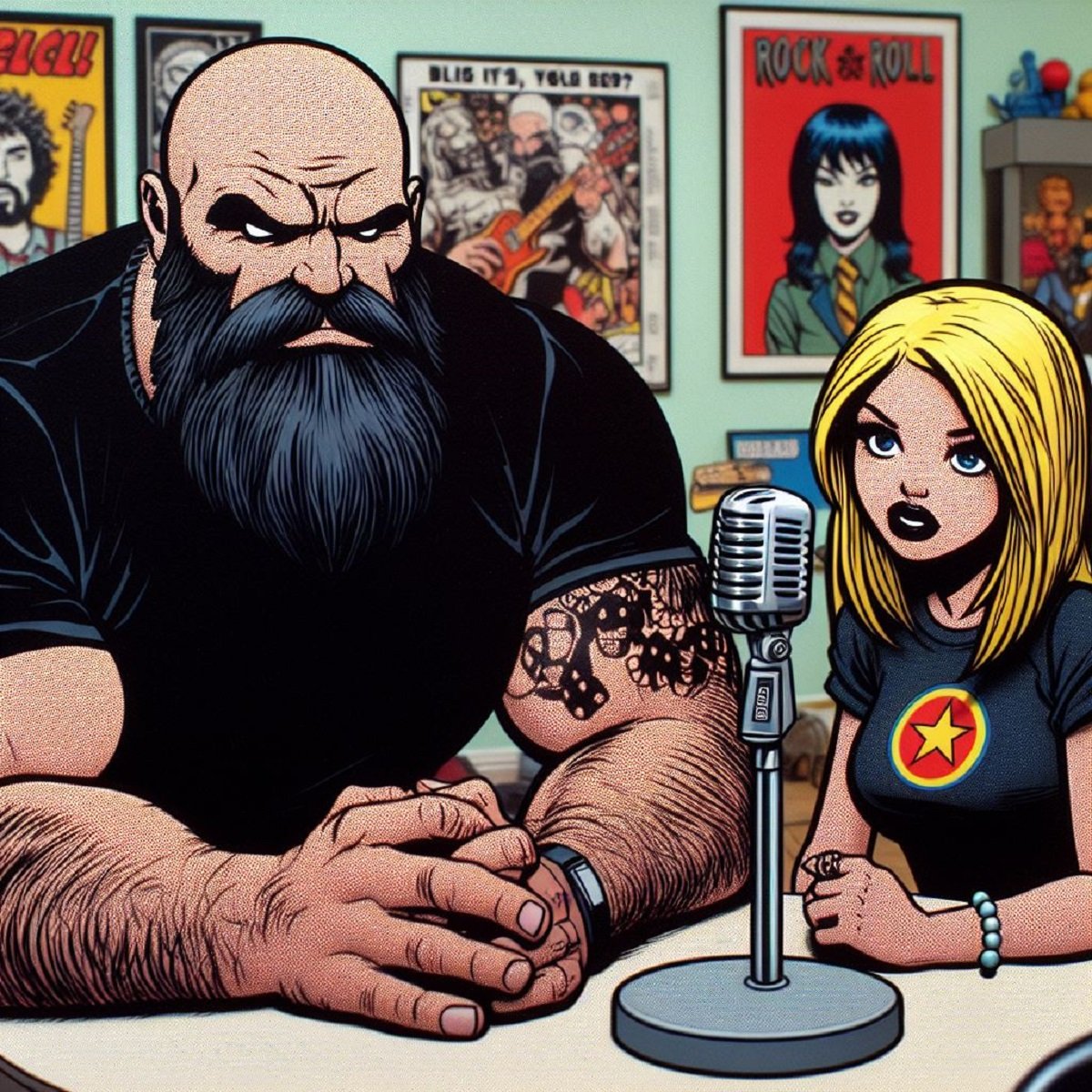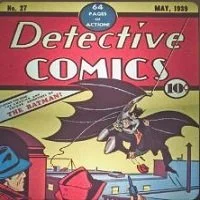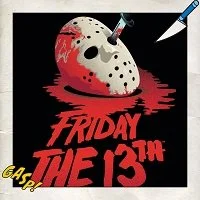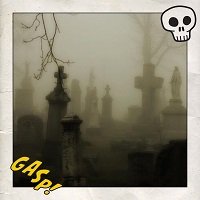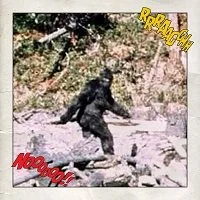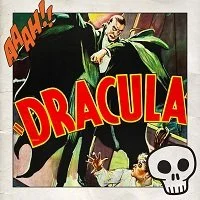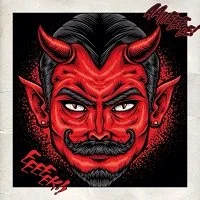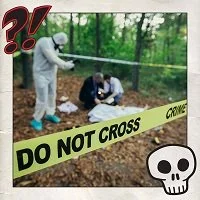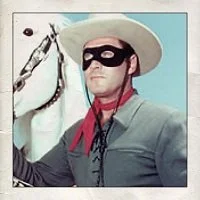Brooklyn Horror Film Festival, Part One: 1974 and Salvation Reviews
By Joseph Perry (@JosephWPerryJWP; tastethemilkofchocula.blogspot.com)
The second annual Brooklyn Horror Film Festival (Brooklyn, New York), which runs October 12–15, features several films that fit nicely into When It Was Cool’s #MonsterMonth theme. In this first piece of my festival coverage, and in future installments, I may not always mention what the monsters are so as to keep my reviews spoiler-free, but suffice it to know that BHFF offers a bevy of intriguing monster and supernatural cinematic slices.
Mexican found-footage effort 1974 (AKA 1974: La posesión de Altair) shares many of the tropes and shortcomings of its particular sub-genre, but what helps it rise above the pack is the care and attention to detail that writer/director Victor Dreyere invested in it during the four years it took him to complete the film, along with the unique fact that most of the film was shot in super 8mm. Altair (Diana Bovio) and Manuel (Rolando Breme) are a newly married couple who have gone missing.
Authorities uncover the wealth of home movie footage on which Manuel rather obsessively documented their lives together; this forms the basis of 1974. Altair has a dream about an angel visiting her at the foot of her bed, after which her behavior becomes increasingly withdrawn and creepy. Manuel calls in his friend Callhan (Guillermo Callahan) and Altair’s sister Tere (Blanca Alarcón) to try and help him solve the mystery of what is happening to his wife.
Guillermo Garza Morales’ cinematography is splendid; the grainy tones of the film stock help give 1974 an eerie and authentic atmosphere. The costume and set design also help to make this film feel like the footage was actually shot in 1974. Bovio and Breme have believable chemistry as a couple in love, and both actors are also solid as their characters unravel. Dreyere paces the film well, though it falls into the found-footage movie trap of being a slow burn that builds into a big reveal. He does a fine job with giving the film a disquieting sense of dread, and sets up many fine shots rather than falling back on the motion-sickness-inducing, shaky-camera approach from which many found footage films suffer. His 1974 is a labor of love that feels like an art film method of found-footage movie making.
Spanish offering Salvation is not an outright horror film, though it does include a character who claims to be a vampire. His claim seems to be rather credible, based on what happens in a couple of scenes. What director/co-writer (with Lluis Segura and Laia Soler) Denise Castro brings to the screen with Salvation is a coming-of-age film with a sense of dread and a fair share of meditation on mortality — and, in the case of possible vampire Victor (Ricard Balada), the promise of immortality.
Marina Boti plays Cris, a young teenager who is hospitalized for heart problems. She is at a rebellious age, and her condition isn’t helping matters. Her mother Ana (Laura Yuste) offers nothing but love and support for Cris, but stubborn girls will be stubborn girls, and she roams the hospital one night as she awaits an operation, discovering Victor in an isolated room. He tells her his diabolical secret, which she disbelieves until something fantastical happens. As their relationship slowly flourishes, he convinces her that him turning her into a vampire beats the possibility of her dying on the operating table or soon thereafter.
Though Salvation is pretty much free of shocks or scares, it does have a strong atmosphere of gloom and dread throughout. Castro’s film has a hypnotic effect, building suspense in a slow-burn manner as Cris and Victor pursue a doomed love affair. All three leads give captivating performances. Fans of traditional vampire lore may be either enraged or engaged by the liberties that Castro takes with the tropes of the undead here, but Salvation is an original, poignant character study that pairs well alongside other recent offbeat cinematic vampire efforts, such as The Transfiguration.
Joseph Perry is one of the hosts of When It Was Cool’s exclusive Uphill Both Ways podcast (whenitwascool.com/up-hill-both-ways-podcast/) and Gruesome Magazine’s Decades of Horror: The Classic Era podcast (decadesofhorror.com/category/classicera/). He also writes for the retro pop culture website That’s Not Current (thatsnotcurrent.com), the Gruesome Magazine horror movie website (gruesomemagazine.com), and several other print and online film critique and pop culture magazines.
If you found this article interesting consider becoming a Patreon supporter. That is how When It Was Cool keeps our website and podcasts online, plus you get lots of bonus content including extra and extended podcasts, articles, digital comics, ebooks, and much more. Check out our Patreon Page to see what's up!
If you don't want to use Patreon but still want to support When It Was Cool then how about a one time $5 PayPal donation? Thank you!
